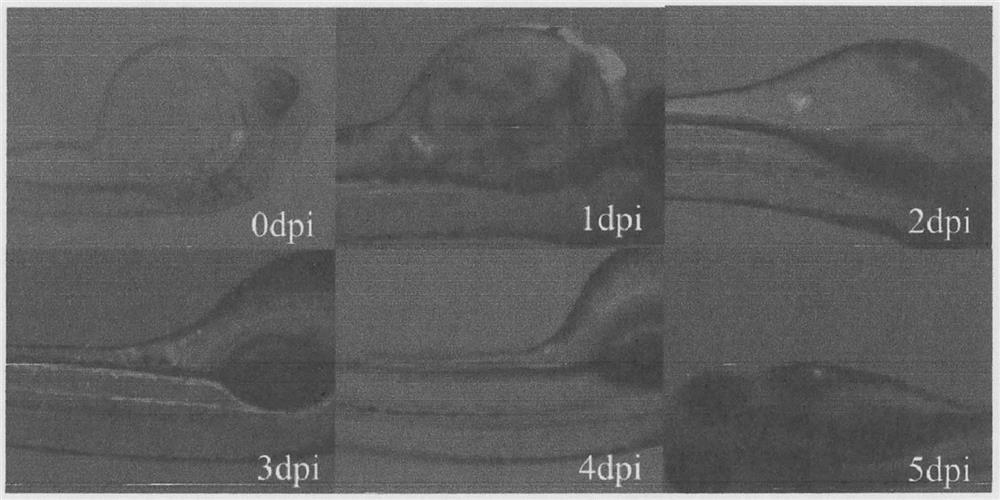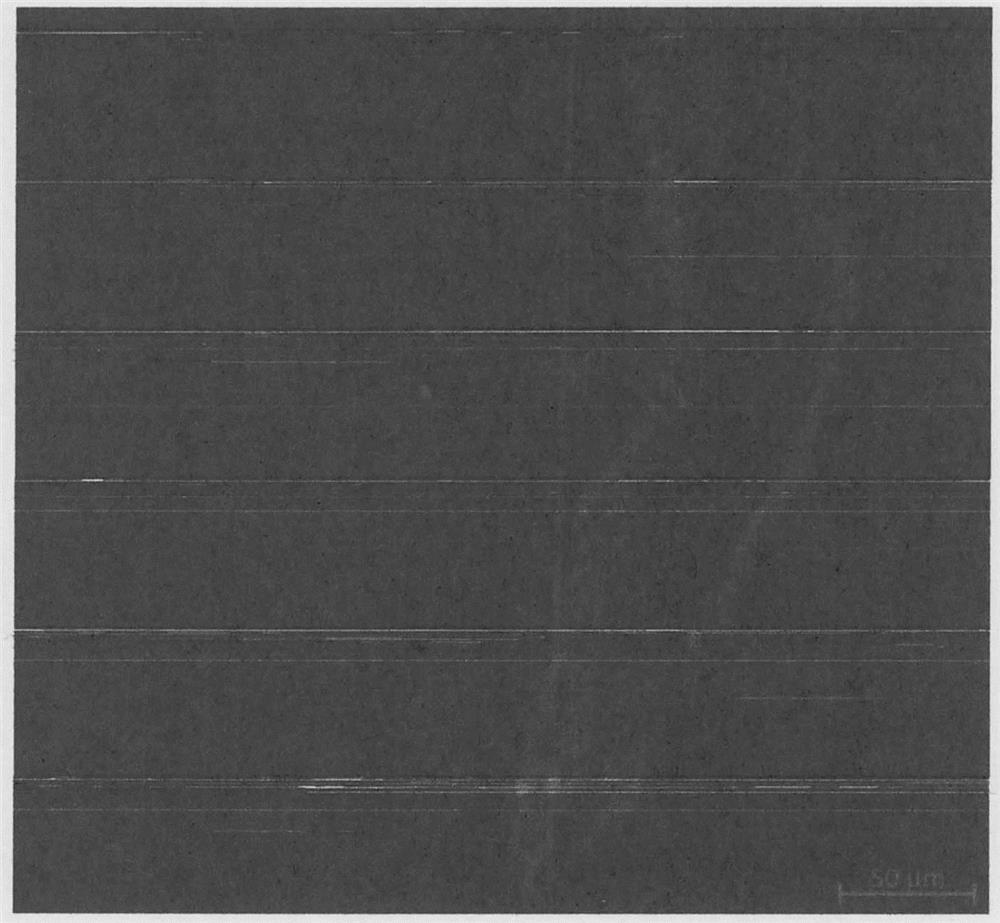Method for quantitatively evaluating proliferation of tumor cells transplanted into zebra fish embryos
A technology for tumor cell proliferation and zebrafish embryos, which is applied in the field of biotechnology, and can solve the problems that still exist, cannot realize direct observation of tumor cell proliferation, and cause large damage to animal embryo cells.
- Summary
- Abstract
- Description
- Claims
- Application Information
AI Technical Summary
Problems solved by technology
Method used
Image
Examples
Embodiment 1
[0024] Example 1: Quantitative evaluation of colonization and proliferation of human colon cancer cell HCT116 and human non-small cell lung cancer cell A549 transplanted into zebrafish embryos
[0025] Materials and methods (experimental methods in the embodiments, if no special instructions, are conventional methods)
[0026] Cell line: human colon cancer cell HCT116, human non-small cell lung cancer cell A549
[0027] Complete medium formula for HCT116 cells: one bag of DMEM powder, high glucose (Gibco), another weighed 3.7g NaHCO 3 (Sigma), add ultrapure water (18.2 megohm) to make up to 1L, after filtration, perform autoclave sterilization at 121°C for 30min, and filter in an ultra-clean bench. Add 50 mL of fetal bovine serum (PAN) and 5 mL of penicillin-streptomycin (10,000 U / mL) to 500 mL of the filtered liquid, mix well, divide into 50 mL centrifuge tubes, seal with parafilm, and store in a refrigerator at 4 °C spare.
[0028] Medium for A549 cells: Ham's F-12K (Kai...
PUM
| Property | Measurement | Unit |
|---|---|---|
| radius | aaaaa | aaaaa |
Abstract
Description
Claims
Application Information
 Login to View More
Login to View More - R&D
- Intellectual Property
- Life Sciences
- Materials
- Tech Scout
- Unparalleled Data Quality
- Higher Quality Content
- 60% Fewer Hallucinations
Browse by: Latest US Patents, China's latest patents, Technical Efficacy Thesaurus, Application Domain, Technology Topic, Popular Technical Reports.
© 2025 PatSnap. All rights reserved.Legal|Privacy policy|Modern Slavery Act Transparency Statement|Sitemap|About US| Contact US: help@patsnap.com


